What Does “Warped” Mean in Cookware?
A warped frying pan is one whose base is no longer flat. Instead of sitting evenly on a cooktop, it may wobble, tilt, or have a convex/concave shape. Warping affects both cooking performance and safety, especially on induction and glass cooktops where consistent contact is essential for heat transfer.
Symptoms include:
- Oil pooling to one side of the pan
- Uneven browning of food
- Wobbling when touched or spun
- Failure to engage induction sensors
Common Causes of Frying Pan Warping
Understanding why your pan warped in the first place can help prevent future damage. The most frequent causes are:
1. Thermal Shock
Rapid changes in temperature—like rinsing a hot pan under cold water—cause the metal to contract unevenly, leading to warping.
2. Overheating
Leaving a pan on high heat, especially when empty, can cause expansion and deformation, particularly in aluminum and thin steel pans.
3. Uneven Heating
Using a pan that’s larger than the burner or heating just one side (e.g., leaning it against the pot rack) can create hot and cool spots, leading to imbalance.
4. Poor Construction
Low-quality pans often lack reinforced or bonded bases, making them more vulnerable to distortion over time.
Types of Frying Pans Most Prone to Warping
| Material | Warp Risk | Notes |
|---|---|---|
| Aluminum | High | Lightweight, soft metal, easily deformed |
| Nonstick (cheap models) | High | Often thin and poorly reinforced |
| Stainless Steel (thin) | Medium | Susceptible without bonded or layered base |
| Hard-Anodized Aluminum | Low-Medium | More stable but still warp-prone under abuse |
| Cast Iron | Low | Dense, slow to react to temperature swings |
| Copper (unlined) | Medium | Heats fast but can warp if overheated |
How to Test If Your Frying Pan is Warped
If you suspect your frying pan is warped, use one of these simple tests:
1. Level Surface Test
Place the pan upside down on a flat counter. Use a ruler or level to check gaps at the edges.
2. Wobble Test
Place the pan upright and press gently on opposite sides. Any rocking motion indicates warping.
3. Water Pooling Test
Pour a tablespoon of water into the pan on a level surface. Warped pans will cause the water to drift or pool unevenly.
Is It Safe to Use a Warped Frying Pan?
Generally, a mildly warped pan is still safe, but it may:
- Cook food unevenly
- Waste energy
- Fail on induction cooktops due to poor contact
Avoid using:
- Severely warped pans on glass or ceramic stoves (risk of cracking)
- Nonstick pans with bubbling or cracked coatings (toxic if overheated)
DIY Methods to Fix a Warped Frying Pan
Rubber Mallet Technique
Best for: Mild to moderate concave warping
Tools Needed:
- Rubber mallet
- Thick towel or wooden block
- Solid work surface
Steps:
- Invert the pan (bottom up).
- Place a towel over the center of the bulge.
- Gently tap the raised area with the mallet, working outward.
- Flip and test for flatness.
⚠️ Avoid using metal hammers, which may dent the surface.
Heat and Pressure Method
Best for: Aluminum and stainless steel pans
Tools Needed:
- Oven or stovetop
- Heavy metal weight (cast iron pan, bricks)
- Heat-resistant gloves
Steps:
- Heat the pan to ~350°F for 10–15 minutes.
- Place it (bottom down) on a flat surface.
- Apply weight while it cools slowly to reshape the base.
- Let it rest for several hours.
🛑 Avoid rapid cooling—no water dunking.
Cold Fix (Freezer Compression)
Best for: Nonstick or anodized pans with slight warping
Steps:
- Fill the pan with water to the brim.
- Freeze it overnight.
- Water expands, applying outward pressure on the metal.
- Remove and let thaw naturally—check for improved flatness.
This technique has limited success and is safer for coated pans that cannot handle direct pounding or heat.
When to Avoid Fixing and Replace the Pan
While some pans can be restored with basic techniques, others are beyond repair. Here’s when it’s best to retire your cookware:
1. Severely Warped or Cracked
- Deep bows or fractures can compromise structural integrity.
- A warped bottom that lifts completely off the burner during cooking is dangerous.
2. Damaged Coatings
- Nonstick pans with peeling or blistered coatings should be discarded immediately due to potential chemical exposure.
3. Loss of Stability
- If the handle becomes loose or the body is bent, it may pose a burn or spill risk.
4. Poor Heat Distribution
- Continued use of uneven cookware can ruin delicate recipes and frustrate everyday cooking.
In these cases, replacing the pan with a higher-quality model is the safer and smarter choice.
Professional Repair Options
If your pan is expensive or sentimental, you might consider professional repair.
1. Cookware Reconditioning Services
Some metal workshops and culinary equipment services offer:
- Re-leveling of warped cookware
- Polishing or re-coating nonstick surfaces
- Welding or handle repairs
While rare, this is an option for high-end cookware like copper or stainless steel brands.
2. Manufacturer Warranties
Premium brands such as All-Clad, Le Creuset, and Demeyere may offer:
- Lifetime warranties for manufacturing defects
- Replacement programs for warped or damaged pans
Always register your cookware and check the fine print for coverage conditions.
Can Cast Iron Frying Pans Be Fixed if Warped?
Cast iron is more resistant to warping due to its thickness and density, but when it does warp, repairing it is trickier.
Tips for Fixing Cast Iron Warping:
- Heat it slowly in an oven to ~450°F.
- Use gradual pressure with a heavy, flat weight while it cools.
- Re-season the pan after reshaping, as high heat may strip protective layers.
If the pan has cracked or chipped, it’s not safe to repair and should be discarded or recycled.
Tips to Prevent Frying Pan Warping
Most warping is preventable. Here are some tips to keep your cookware flat and functional:
✅ Do:
- Heat the pan gradually on medium heat
- Use burners that match the pan’s size
- Let hot pans cool naturally before rinsing
- Use multi-ply or reinforced base pans for better heat distribution
❌ Avoid:
- Rinsing a hot pan with cold water (thermal shock)
- Overheating empty pans
- Dropping or banging cookware on hard surfaces
Best Frying Pans That Resist Warping
If you’re shopping for a new pan, prioritize build quality and materials. Here are some top picks for durability and warp-resistance:
Best Overall: All-Clad D3 Stainless Steel Skillet
- Triple-ply bonded construction
- Even heat and excellent warp resistance
- Dishwasher and oven safe
Best Nonstick: Anolon Advanced Hard-Anodized Fry Pan
- Durable base and reinforced handle
- Nonstick interior resists warping and scratches
- Suitable for all stovetops except induction
Best Cast Iron: Lodge 10.25″ Skillet
- Naturally warp-resistant due to its mass and density
- Excellent heat retention and versatile
- Requires seasoning but lasts a lifetime
How Warping Affects Different Stovetops
Induction
- Requires perfectly flat contact for the magnetic field to activate
- Warped pans may not heat at all
Electric Coil
- Minor warping is tolerable, but may result in slow or uneven cooking
Glass-Ceramic (Radiant)
- Warping causes hot spots and may scratch or crack the surface
Gas
- Most forgiving with warped pans, but cooking unevenness still occurs
FAQs: Fixing and Preventing Warped Frying Pans
1. Can I fix a warped nonstick pan?
Yes, but gently. Avoid heat or hammering. If the coating is peeling or bubbling, it’s safer to replace it.
2. Why do my pans keep warping?
Likely due to rapid cooling, overheating, or using thin, low-quality pans.
3. Are expensive pans less likely to warp?
Typically yes. High-end pans often feature multi-layer construction and thicker bases that resist deformation.
4. How can I protect my glass stovetop from warped pans?
Use flat-bottom cookware, clean pan bases, and avoid sliding or dragging pans.
5. Should I use cookware protectors?
Yes—especially when stacking pans or placing them on glass surfaces. Silicone mats and felt pads help avoid pressure spots.
6. Can freezing water in a warped pan really fix it?
Only in very mild cases. Expansion from freezing water can slightly reshape the base, but results are inconsistent.
Conclusion
Fixing a warped frying pan is possible in many cases—but prevention and smart buying are your best defenses. Whether you use a rubber mallet, a heat + pressure method, or decide to invest in high-quality cookware, this guide has provided the tools and knowledge to help you act confidently.
✅ Final Tips:
- Start with a test—check how badly the pan is warped
- Use the right method based on your cookware type
- Avoid shortcuts like rapid cooling or direct hammering on coated surfaces
- Invest wisely in pans with solid construction and reinforced bases
With the right approach, your cookware can last for years—flat, functional, and ready to cook.
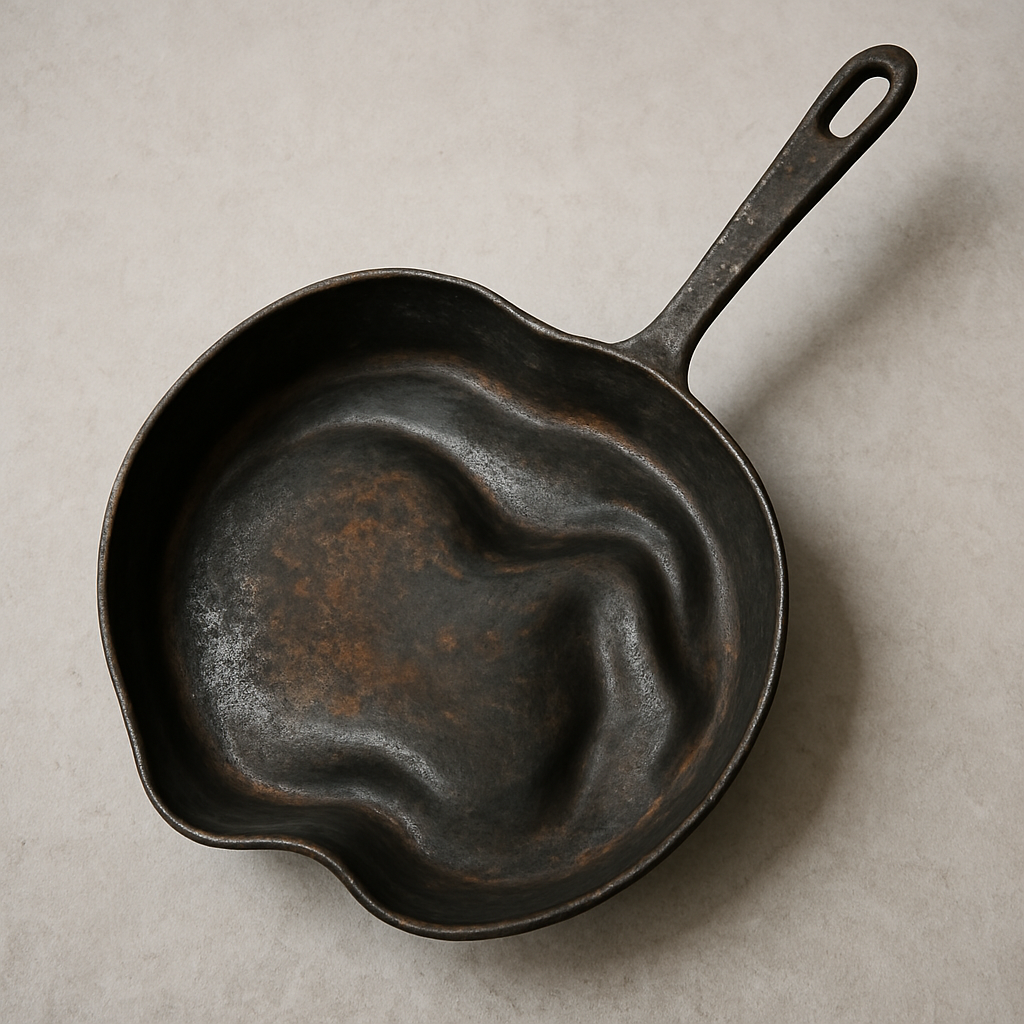

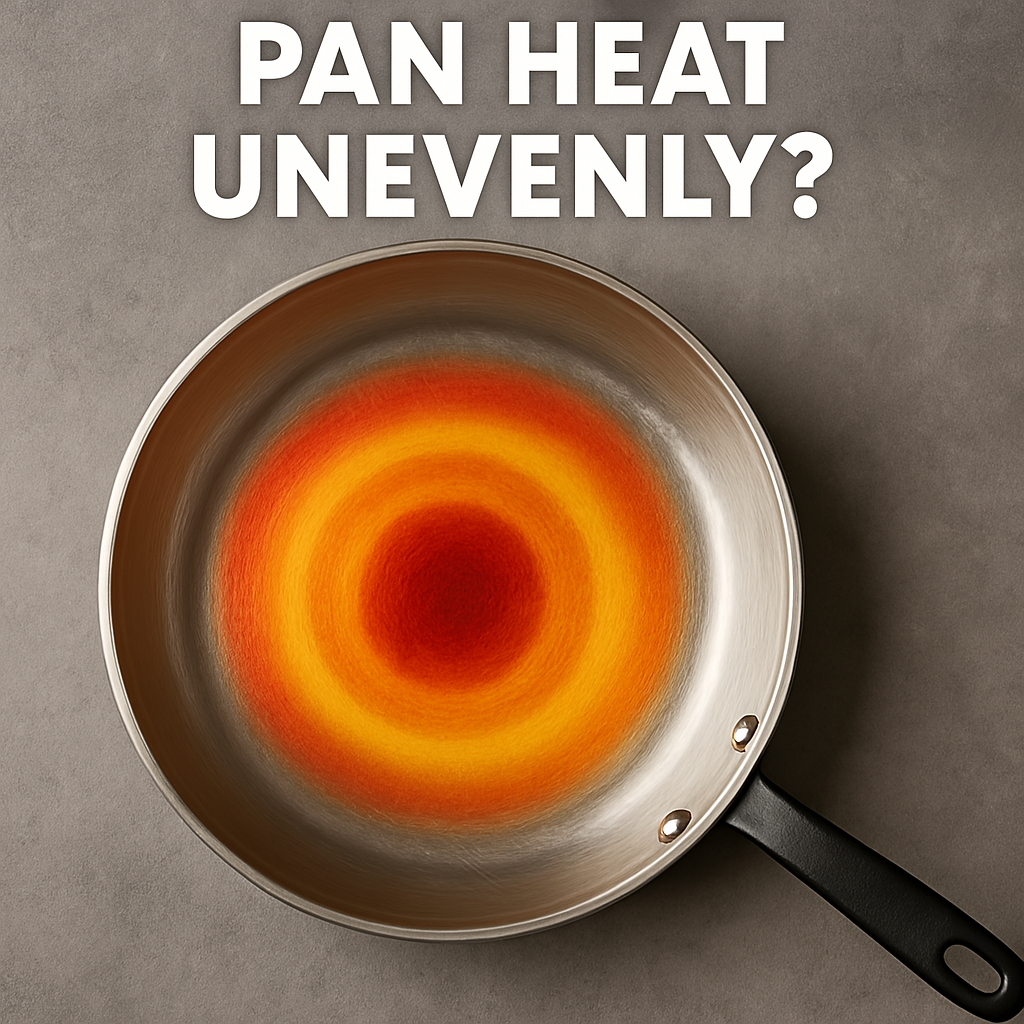
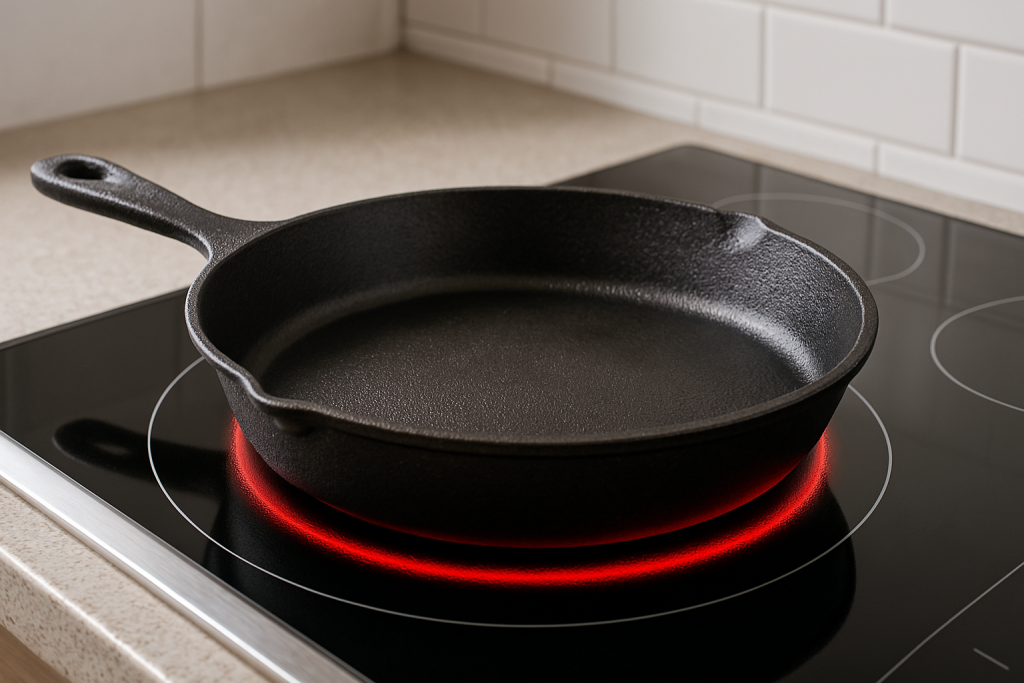
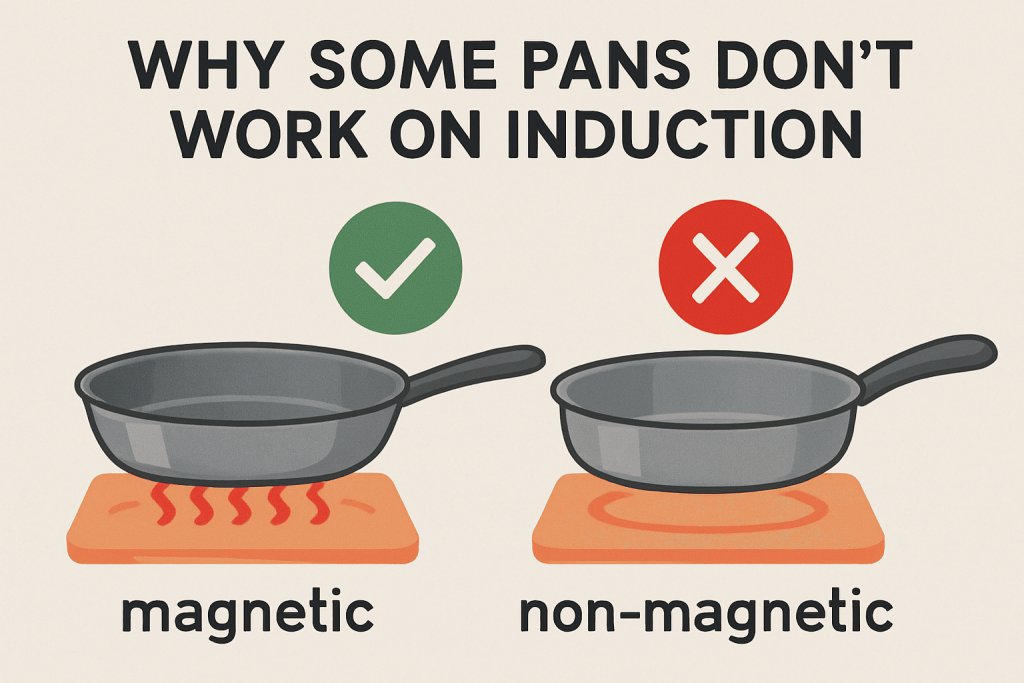
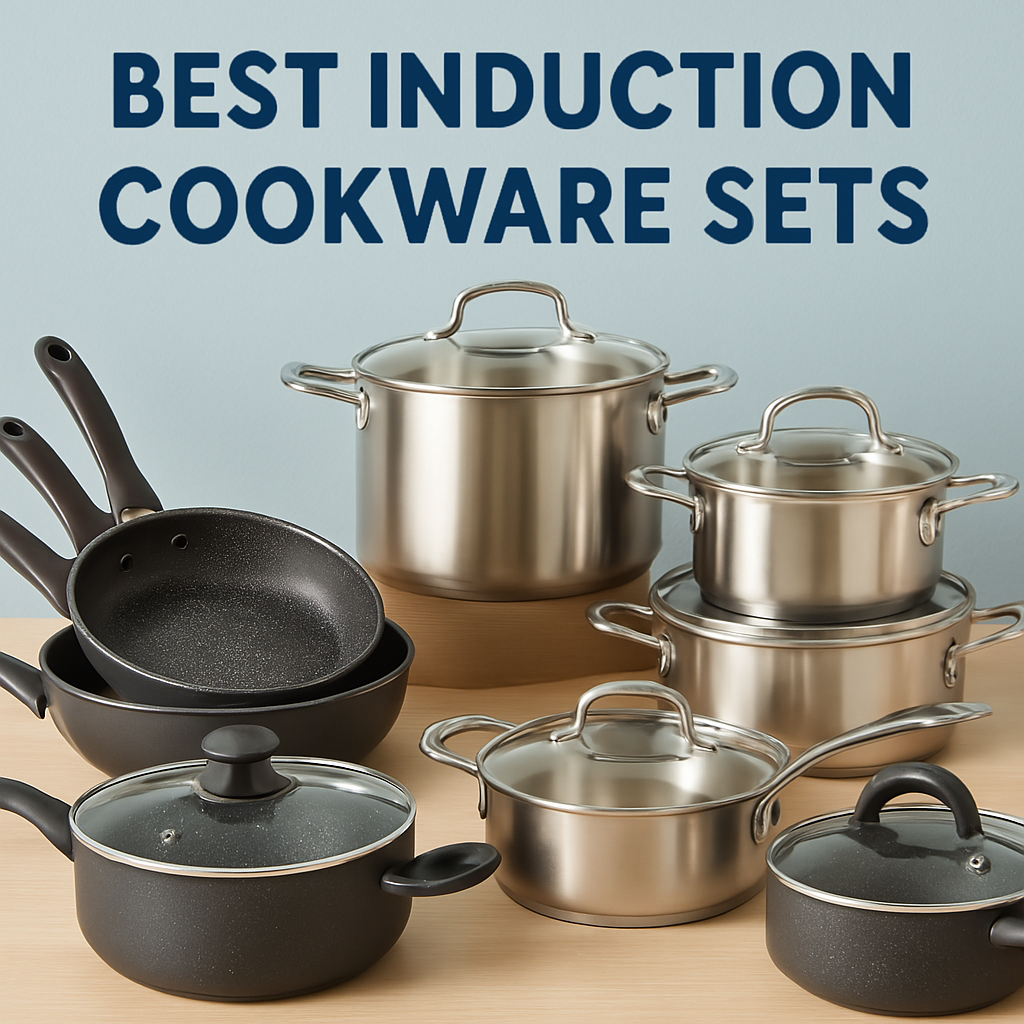
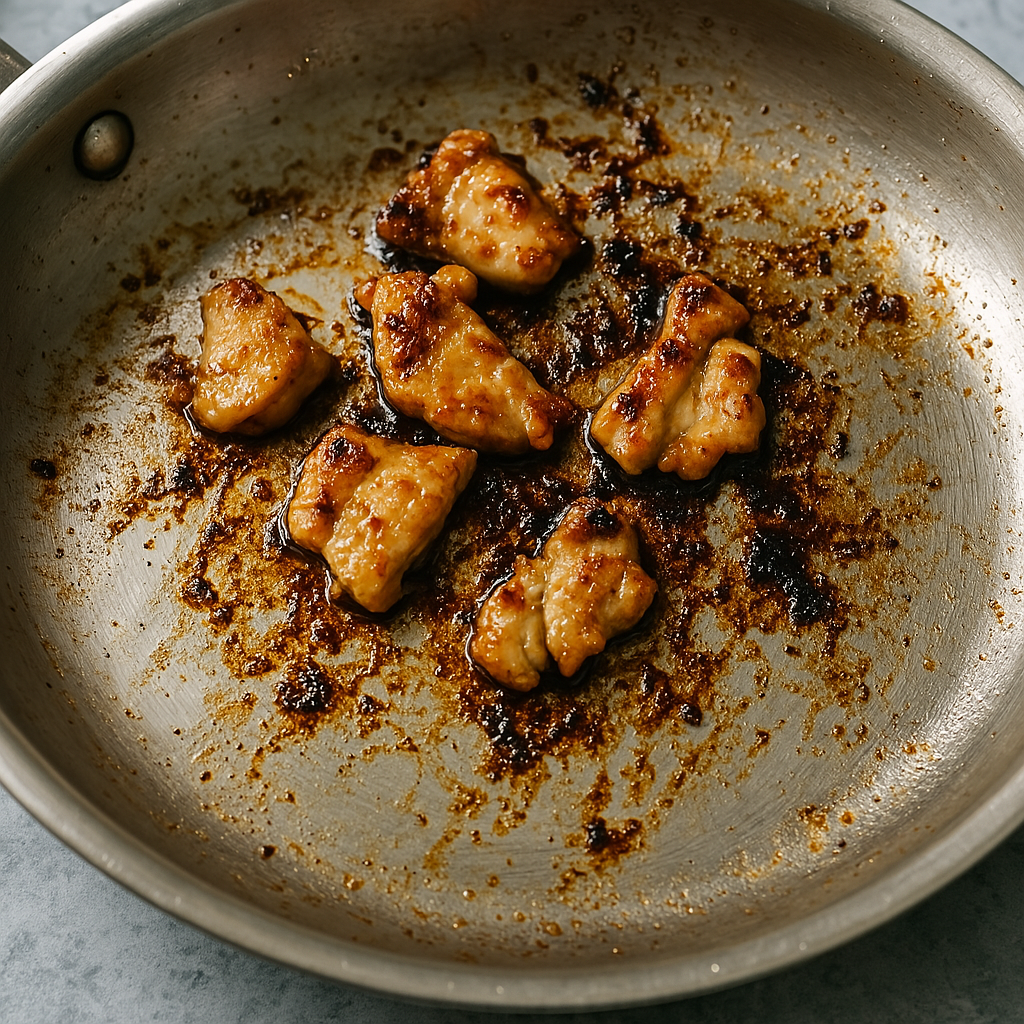
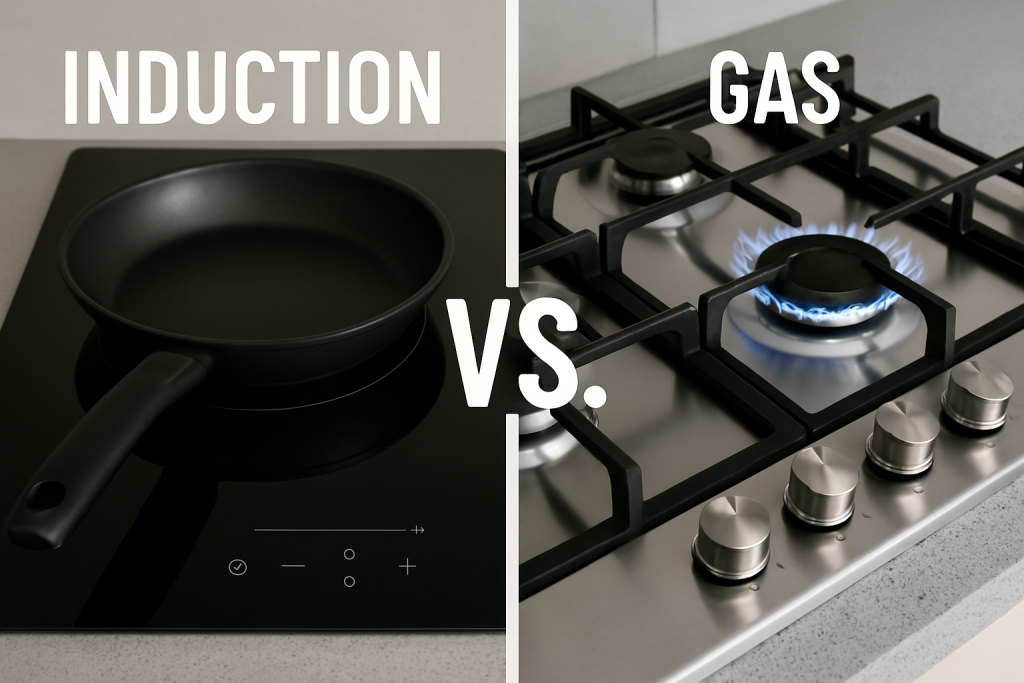
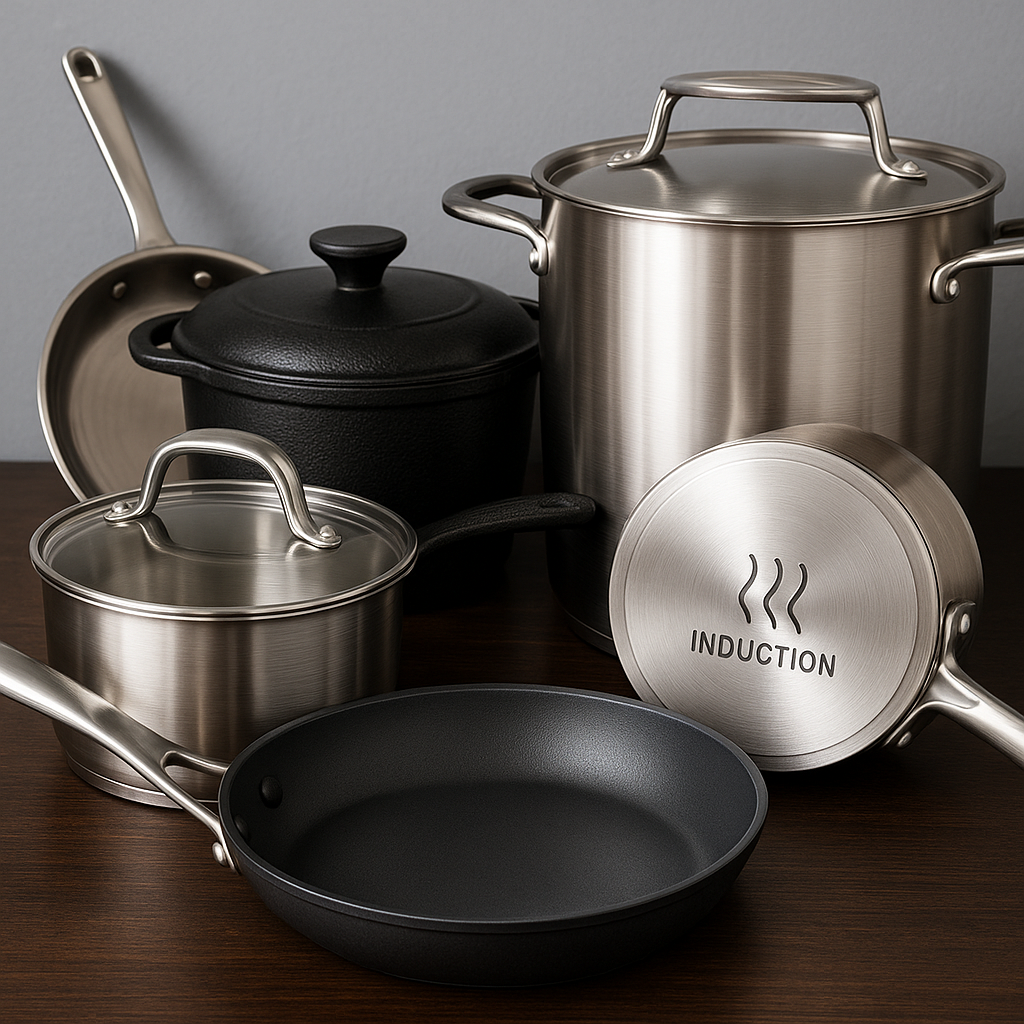
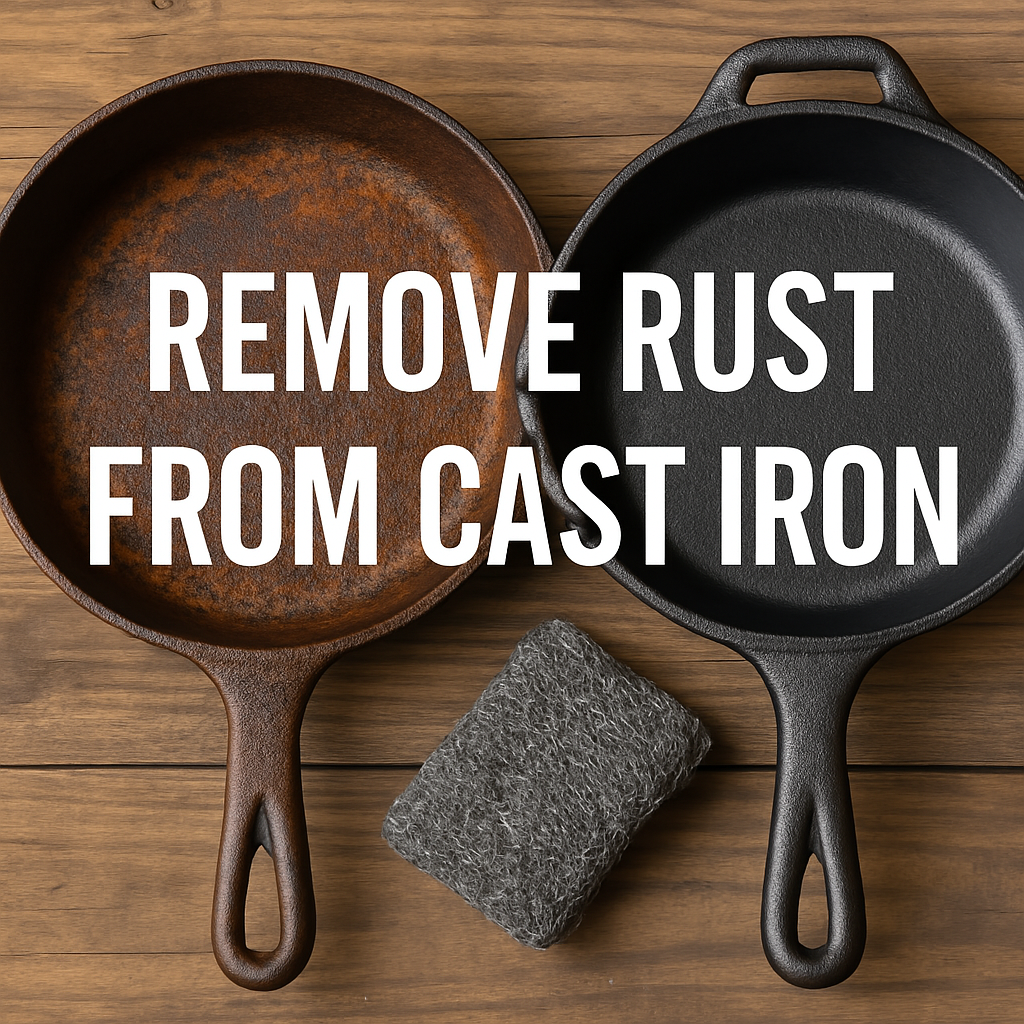
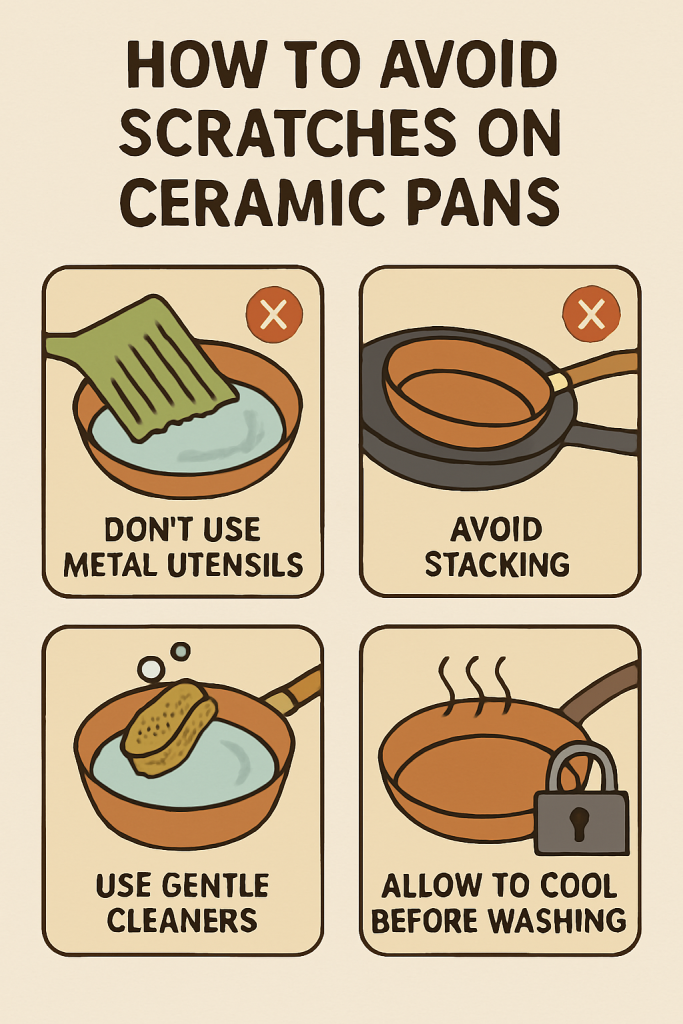
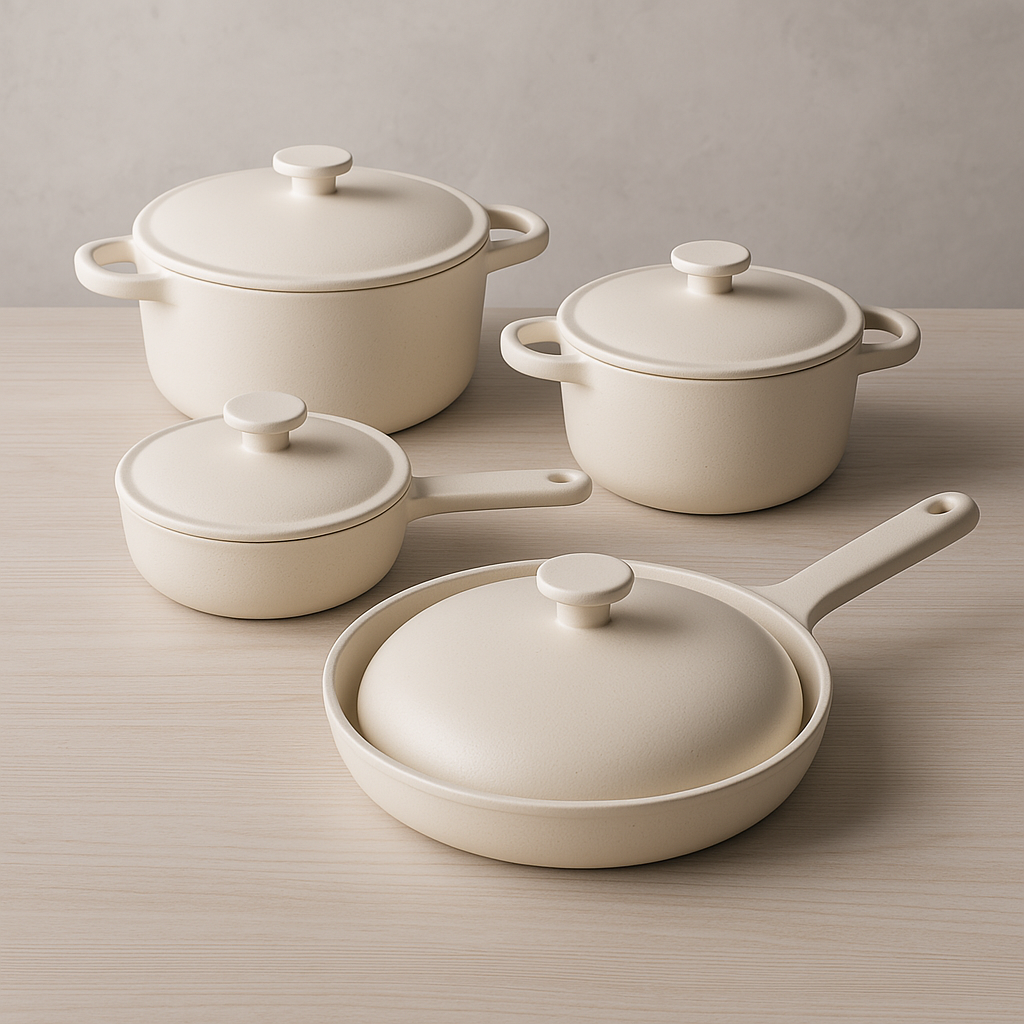
Leave a Reply